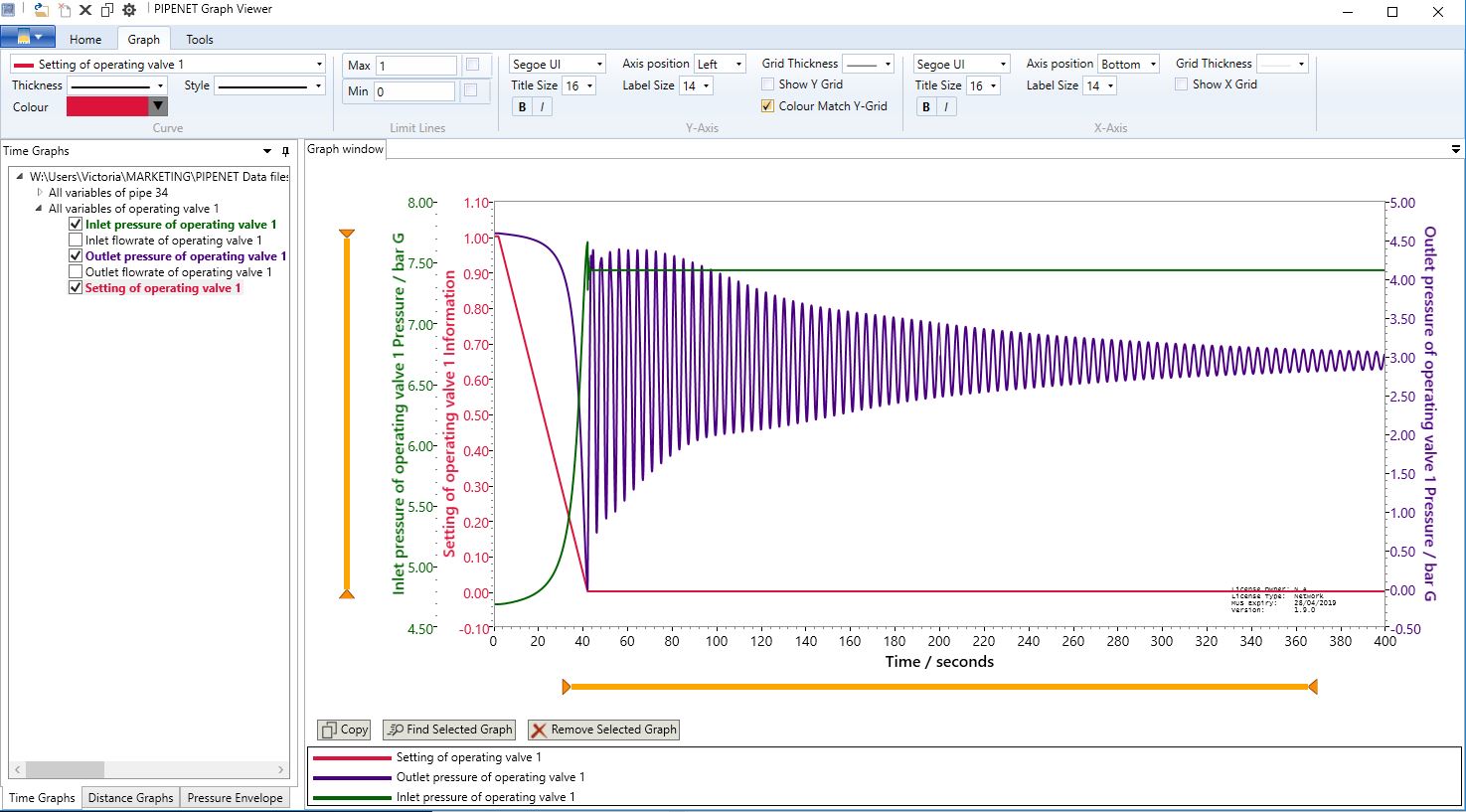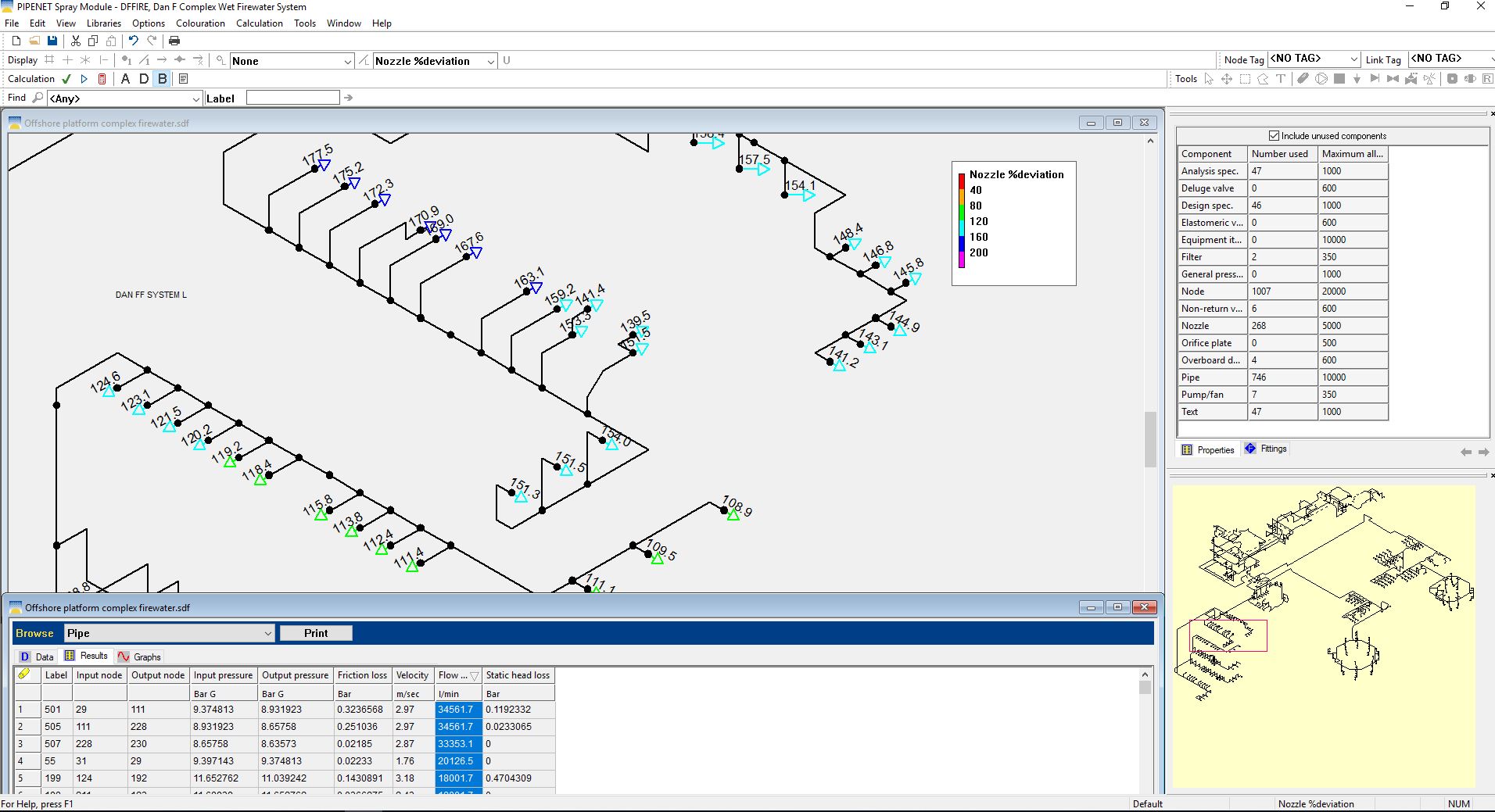

Key to the concept is that the currents produced by the Maglev transmit energy that feeds back into the system, making it almost 80% energy-efficient. It takes an hour to get to Terni from Perugia by car, for instance, but Cotana estimates it would take only eight minutes via Pipenet. It has been 18 years since Cotana, with his colleague Federico Rossi, began publicising the idea for Pipenet, which works by suspending cylindrical capsules in long, vacuum tubes lined with powerful ‘Maglev’ magnets, and firing them forward at speeds of up to 2,000kph via the alternating magnetic fields produced thereof. The story of Pipenet is particularly illustrative of Italy’s poor track record on deeptech, and is one of endless delay and disappointment. “It’s a myopic approach,” said Fioramonti, who very publicly resigned from his ministerial role in 2019 over, yes, a lack of university funding. Lorenzo Fioramonte, a former education minister and a professor of political economy at the University of Pretoria, said this underinvestment began in the late 90s as a result of austerity and privatisations overseen by Silvio Berlusconi and his successors.

The country comes 10th in Europe when it comes to private capital investments, and despite hosting top universities such as Perugia and Sapienza, funding in R&D for the last two decades has paled in comparison with the majority of other European countries, with the exception of Lithuania, Greece and Hungary. But the US has proved far more effective in taking those ideas out of the lab and turning them into companies, and the country is able to generate considerably more funding for deeptech projects.īut even as European countries go, in Italy it’s particularly bad.

Sure, engineering and maths education at Ecole Polytechnique in France, ETH Zurich in Switzerland, or Cambridge in the UK compete with offerings from MIT or Stanford in the US at the top of global rankings. In fact, this is a problem across all of Europe - one policymakers across the continent are desperately looking for ways to solve. Compared with the rest of Europe, for instance, funding in Italian deeptech is precipitously low. “Many great technologies developed at universities simply remain at those universities - they become very big but are not applied to reality, are not applied to the market,” said Anna Impedovo, the COO of ISAAC, a company building anti-earthquake devices founded at Milan Polytechnic, one of Italy’s largest research centres. While Italian scientific research is in many areas world-class, there are too many pioneering, worthy projects like Cotana’s that are let down by a paucity in public and private funding that slows development to a crawl and makes it difficult to retain patents. The issue, says Cotana, is more of a symptom of the Italian approach to R&D and investor reticence than competition among entrepreneurs, and the plight of the Pipenet is a familiar story across the country. Development on Pipenet has barely budged for 15 years, long before Musk came out with the Hyperloop. It was not Musk that held back the Pipenet, which today sits disassembled, its capsules and the Maglev technology on which it runs squirrelled 100km away in a sealed-off lab in the University of Perugia. So when Cotana says that the Hyperloop idea laid out by Musk in an initial white paper in 2013 (and subsequently made open source so that anyone can develop the idea) is a copy of his own, it’s not like there were no other sources for Musk’s team to draw inspiration from.īut true or not (Musk did not respond to a request for comment), none of this really matters. Through the 20th century, there were proposals using magnetic levitation to help super fast travel, including one by MIT engineers in the 1990s. In the 19th century, people were transported in pneumatic railways and goods through tubes.

In 1799, inventor George Medhurst proposed an idea to move goods through cast-iron pipes using air pressure. Ideas similar to the hyperloop have been around in Europe for 200 years. “It was a masterful copy.”Ĭopy might be a bit strong. “The only major difference was the diameter of the tube,” he said. That project is Elon Musk’s Hyperloop.Ĭotana says he believes Musk copied his idea. Though Cotana, a professor at the University of Perugia, first patented it in 2000, there is another project in the US which is similar, only leagues more successful. The Pipenet was once the largest working prototype of its kind, a magnet-powered funnel designed to transport goods at thousands of kilometres an hour, faster than any train, car or plane.


 0 kommentar(er)
0 kommentar(er)
